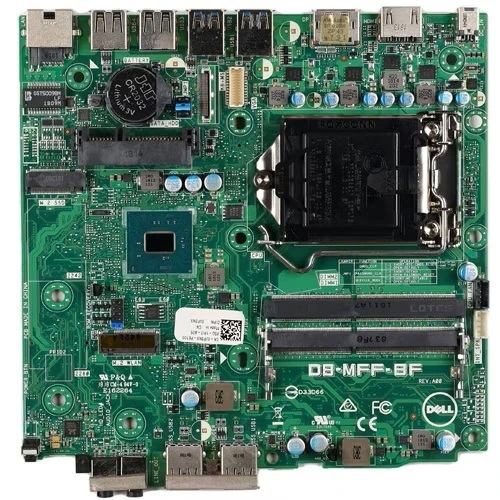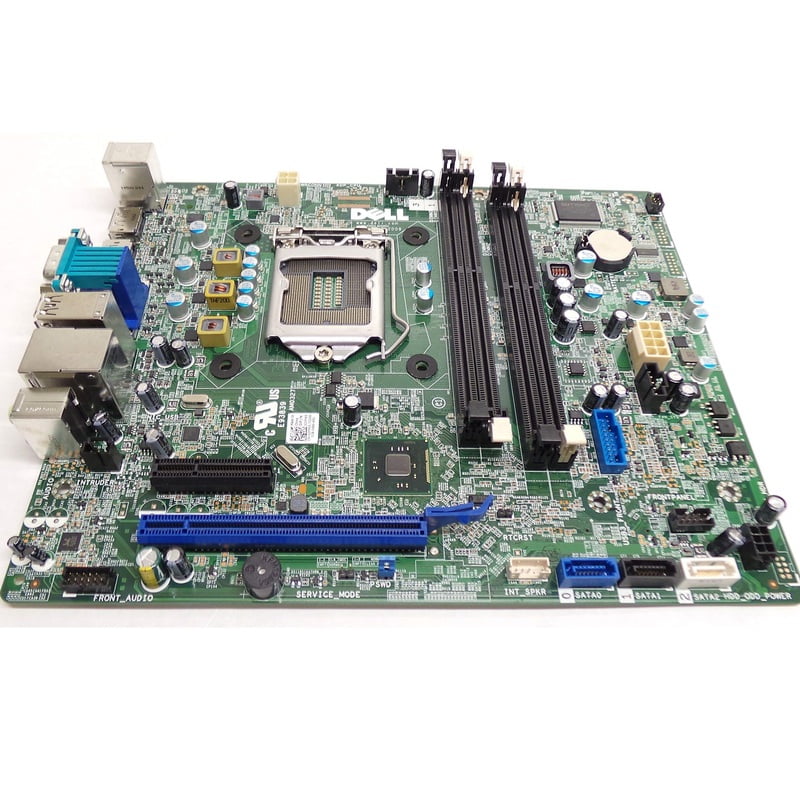Building your DIY PC is an exciting venture, whether for gaming, professional work, or general use. The motherboard is the central hub of your computer, connecting all the components together. Selecting the right one is crucial and depends on your specific needs and future expansion plans. This article will provide insights on how to choose the optimal motherboard, exploring compatibility, form factors, features, and connectivity options.
Compatibility: Ensuring a Solid Foundation
Processor Compatibility
Choosing a motherboard starts with identifying which CPU you intend to use since not all motherboards work with every processor. You need to match the motherboard’s socket type with that of your chosen CPU. For instance, if you pick an Intel Core i7, ensure the motherboard has the corresponding Intel socket. Pay attention to chipset compatibility as well, as it determines the ability to overclock your CPU and other functionalities.
Memory Support
Another important aspect of compatibility is the type and amount of RAM supported. Verify that the motherboard can handle the speed and size of the memory kit you plan to use. Most modern motherboards support dual-channel memory, with some high-end models supporting quad-channel configurations. Check for the maximum RAM capacity and the number of memory slots, which can influence future upgrades.

Form Factors: Choosing Your Size
ATX and microATX
Motherboard form factors determine the size of the board and, subsequently, the size of the case you can use. The standard ATX form factor has abundant expansion slots and room for memory and storage, suitable for versatile or high-end builds. MicroATX boards are smaller and a good compromise when you need a medium-sized build with sufficient expansion options but have limited space.
Mini-ITX for Compact Builds
If you value compactness above everything else, the Mini-ITX form factor will be your choice. These motherboards fit in small form factor (SFF) cases, ideal for living room PCs or minimalistic setups. While they may have fewer expansion slots and connectors, they still offer enough functionality for most users who do not plan on extensive upgrades.

Features: Extra Offerings to Sweeten the Deal
Integrated Cooling and Overclocking Abilities
Motherboards come with a variety of built-in features, including advanced cooling options such as high-quality heatsinks and fan control systems that keep your components running at optimal temperatures. For enthusiasts interested in performance tuning, look for motherboards offering overclocking features, with robust power delivery and settings adjustable through a user-friendly BIOS.
Built-In Wi-Fi and Audio
In a world leaning towards wireless connectivity, having built-in Wi-Fi on your motherboard could save the cost of buying a separate adapter while decluttering your PC build. Similarly, premium motherboards often feature high-quality audio chips with elaborate sound processing capabilities, a bonus for those who use their computers for music or entertainment.

Connectivity: Future-Proofing Your PC
USB Ports and Storage Connectors
Motherboards vary in the number of USB ports and type, including USB 3.1/3.2 and USB-C. Ensure your choice has enough ports to connect all your peripherals and that it supports the fastest standards. Additionally, consider the number and speed of SATA ports for hard drives and SSDs, as well as M.2 slots for NVMe SSDs, which offer superior data transfer rates.
Expansion Slots and Network Interfaces
The number and type of PCIe slots dictate the kind of expansion cards you can add, such as graphics cards, sound cards, or additional USB cards. High-bandwidth PCIe slots are essential for gamers and those using intensive applications. Furthermore, check if your motherboard offers a high-speed ethernet interface and the option for multiple network interfaces, which can benefit streamers and professionals working in network-dependent environments.

Performance: Maximizing Efficiency and Speed
Understanding Chipsets and Their Functions
Each motherboard comes with a specific chipset that determines many of its capabilities, including support for different types of CPUs, RAM speed, and the number of SATA or PCIe lanes it can handle. Enthusiasts looking for high performance should consider chipsets designed for overclocking and high-speed memory support. For example, Intel’s Z series or AMD’s X series chipsets cater to users seeking to push their system’s capabilities to the limit.
Importance of High-Quality VRMs
The voltage regulator module (VRM) on a motherboard is vital for smooth CPU performance, especially if you plan to overclock. A high-quality VRM ensures stable power delivery and can help prevent throttling under load. When selecting a motherboard, look for those with robust VRMs, especially if you’re powering a high-end CPU that demands consistent energy.

Expandability: Planning for the Future
Anticipating Future Needs with Expansion Slots
A motherboard should last through multiple upgrade cycles. It’s wise to select a motherboard with additional PCIe and memory slots, even if you do not need them immediately. This provides room to add more RAM, a second GPU, or other expansion cards in the future, extending the lifecycle of your build.
Multi-GPU Support and Storage Options
For gamers or creatives who may want to enhance their graphic capabilities, motherboards with multi-GPU support through NVIDIA SLI or AMD CrossFireX are worth considering. Additionally, having multiple storage options with a mixture of SATA and M.2 slots gives flexibility in choosing between high-capacity HDDs for bulk storage and fast SSDs for the operating system and applications.
Aesthetics: Building with Style
RGB Lighting and Personalization Options
For many builders, the visual appeal of a motherboard is nearly as important as its performance. Manufacturers often incorporate RGB lighting and various aesthetic enhancements that can synchronize with other components. If you’re interested in creating a PC that matches your style or lights up your workspace, look for motherboards that offer these customizable design features.
Choosing the Right Theme for Your Build
Motherboards come in various colors and themes, from sleek and professional to vibrant and gaming-oriented. Your motherboard will be clearly visible through a case window, so select a design that complements the theme of your build. Whether you’re after a stealthy all-black setup or a colorful, eye-catching display, there’s a motherboard to fit your aesthetic desires.
In conclusion, the process of selecting the right motherboard requires careful consideration of several factors tailored to your needs. Start by ensuring compatibility with your chosen CPU and memory, then consider the form factor that fits your space and expansion desires. Look at additional features that could enhance your computing experience and prioritize connectivity options that offer flexibility and future-proofing. By making informed decisions, your motherboard choice will serve you well throughout the lifespan of your DIY PC build, supporting your computing activities and any planned upgrades.
